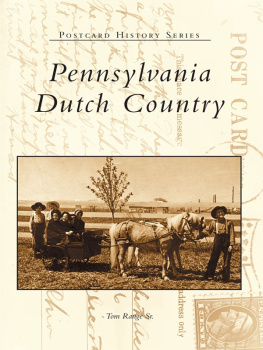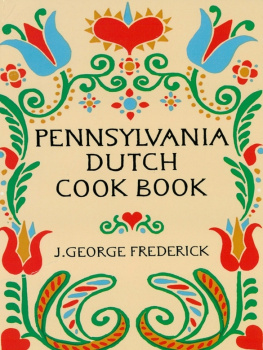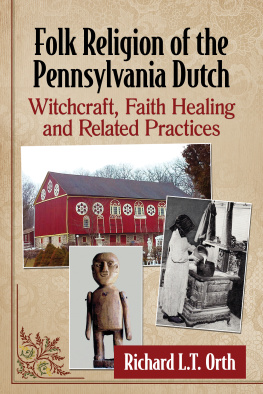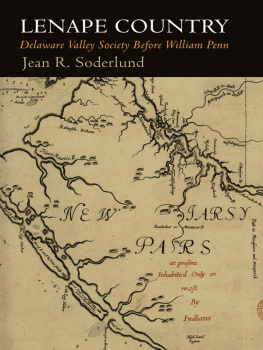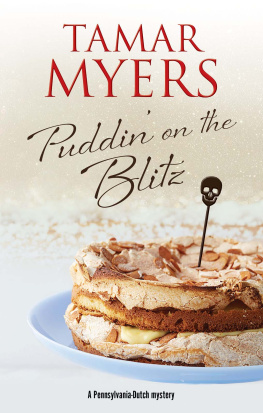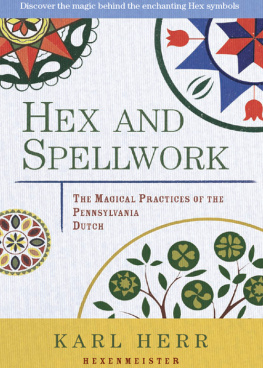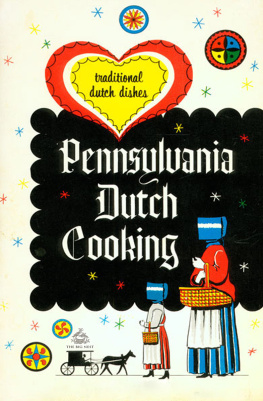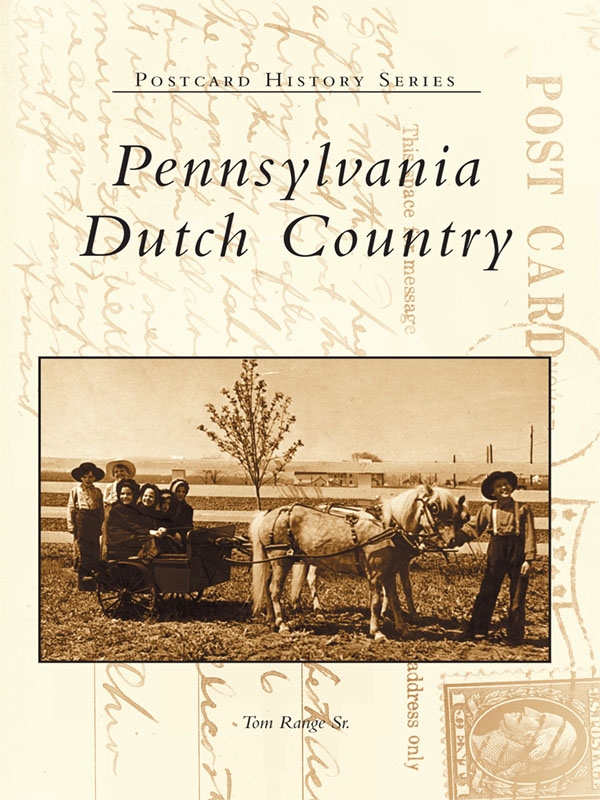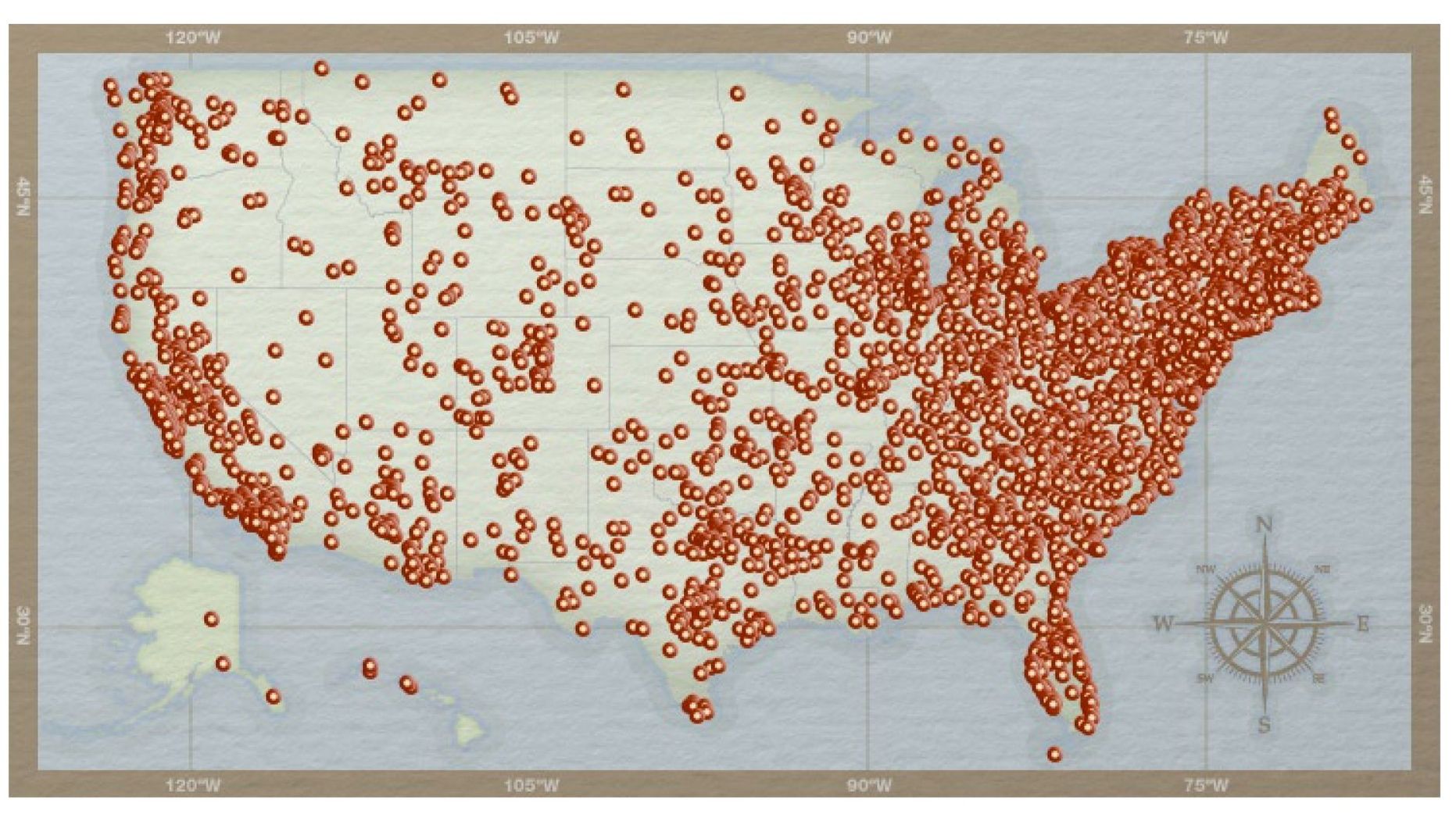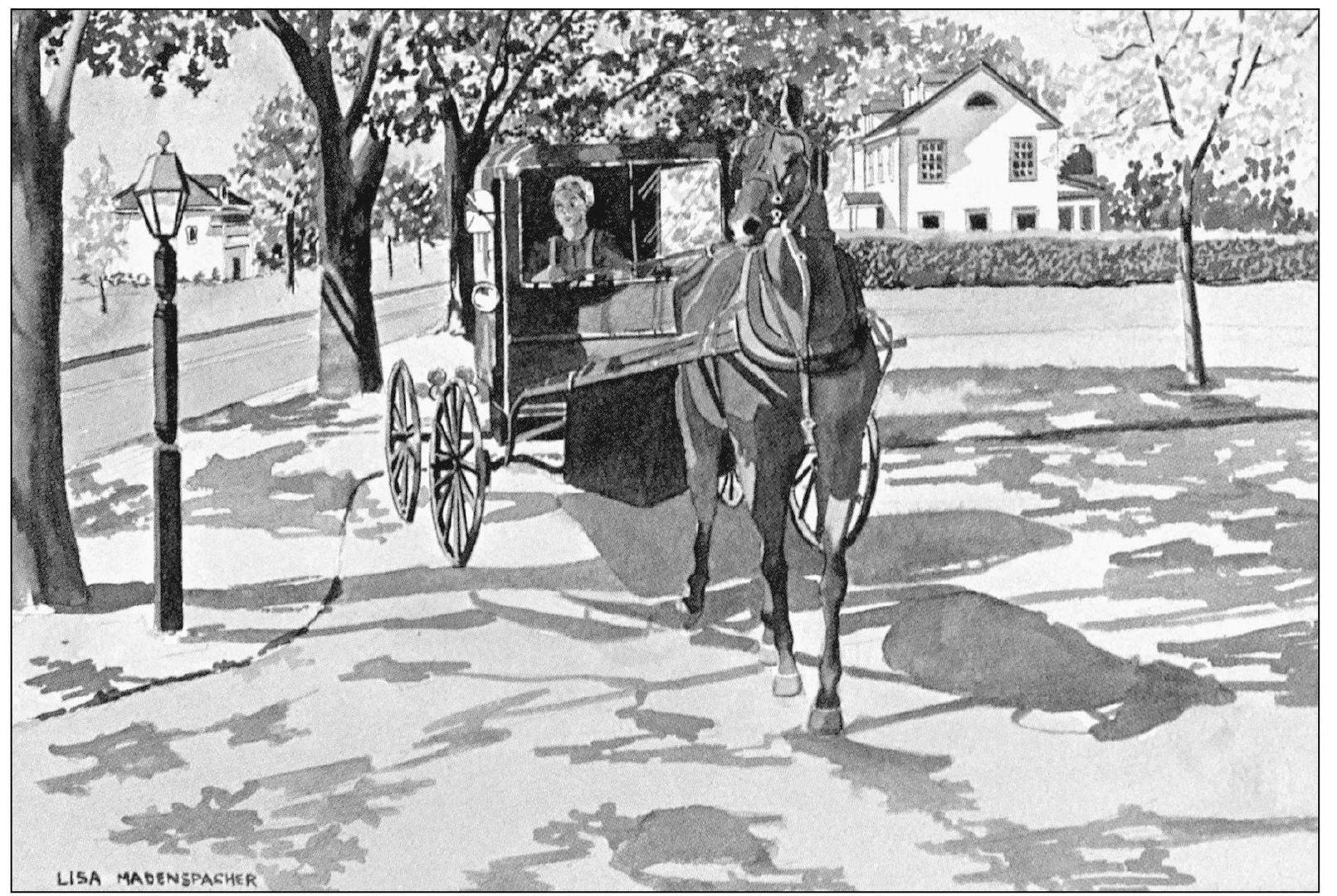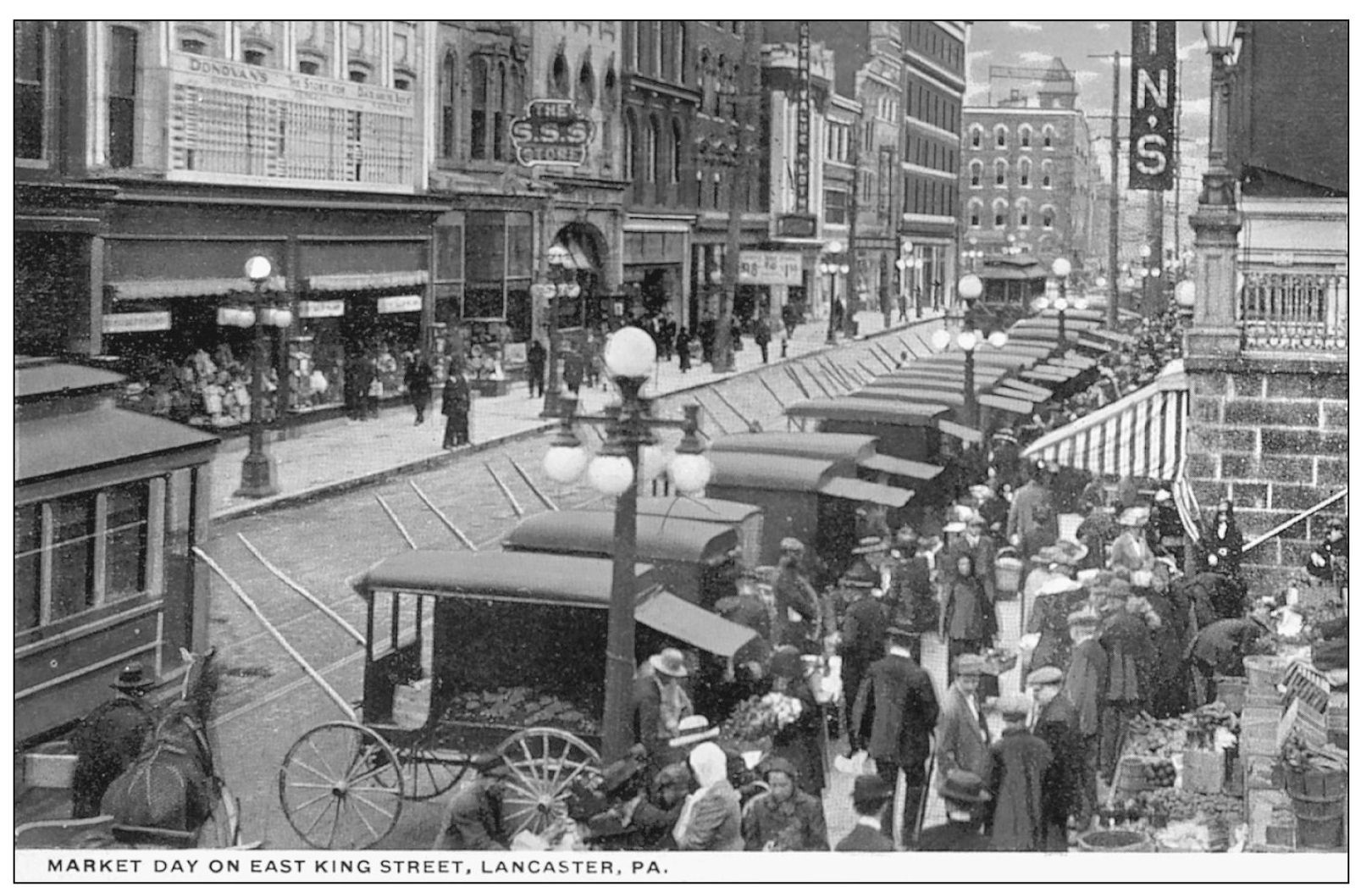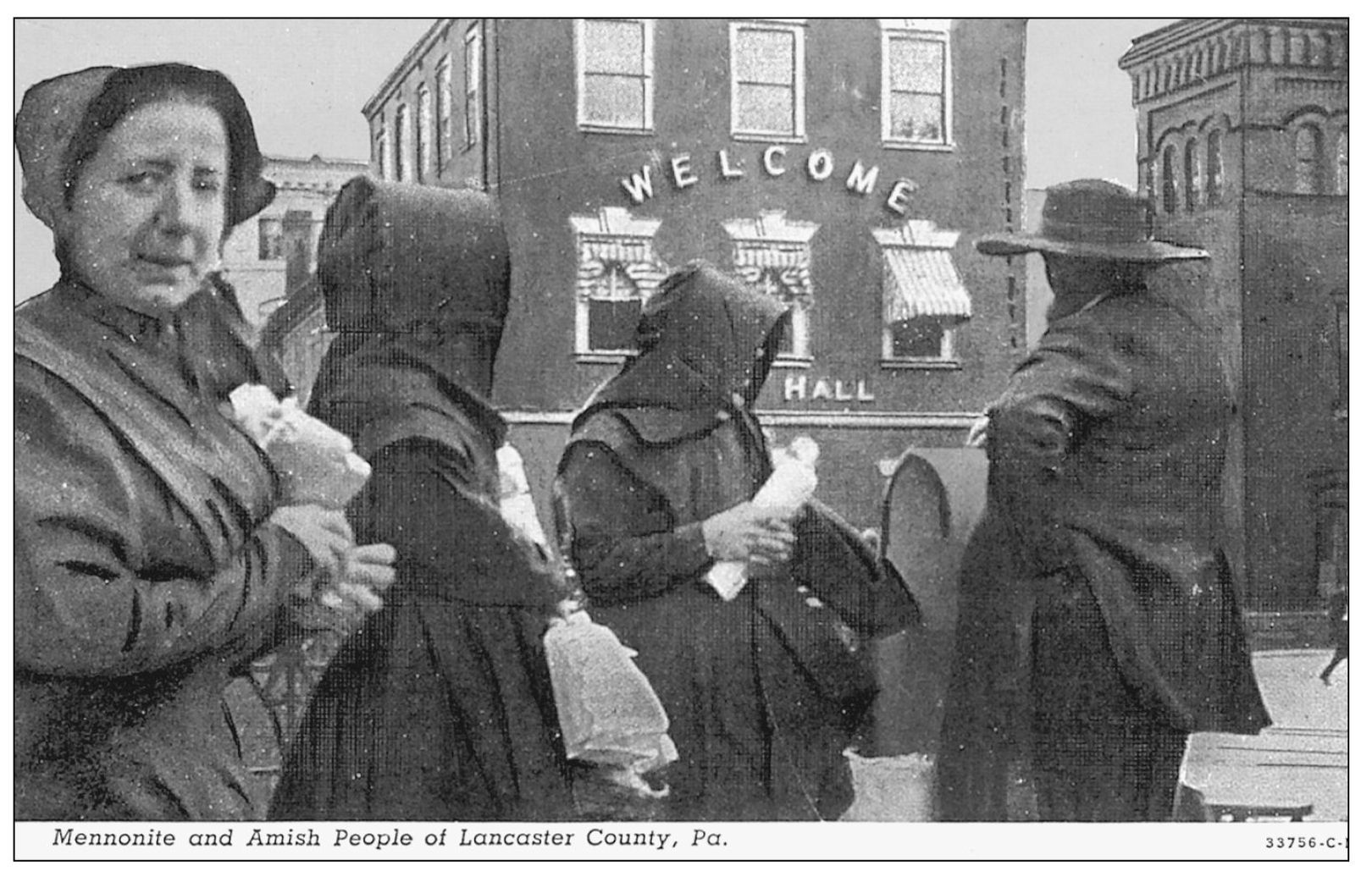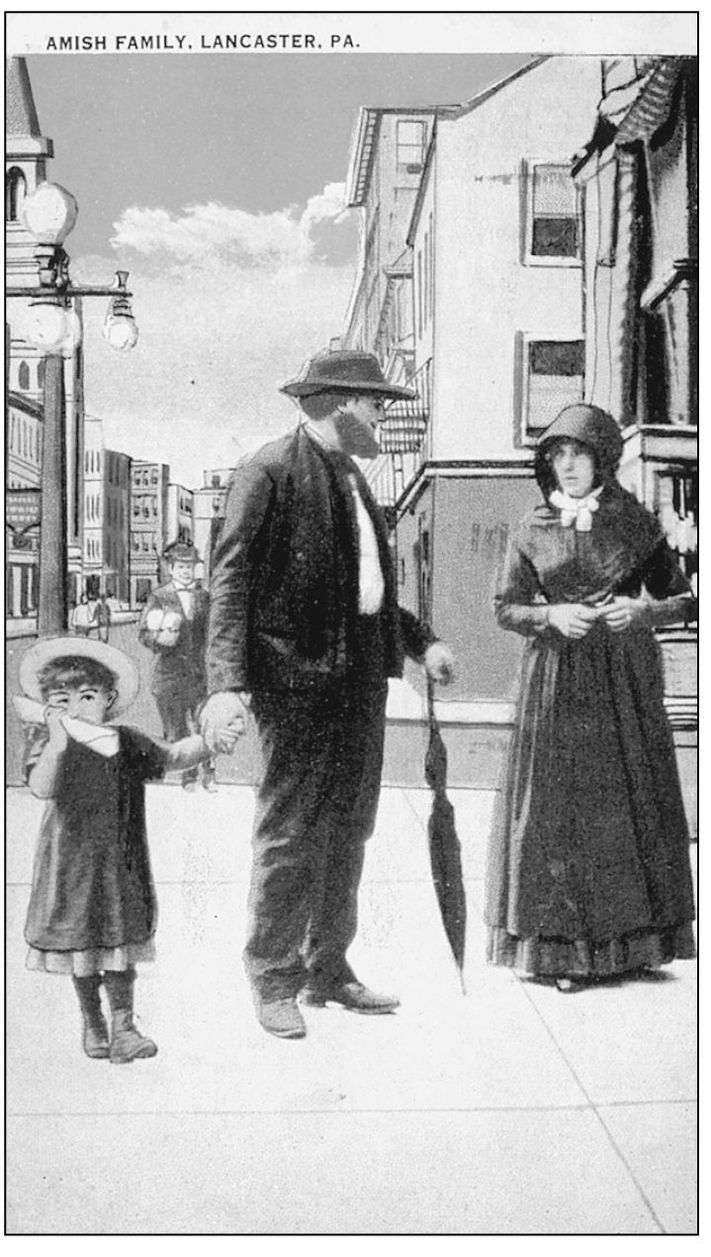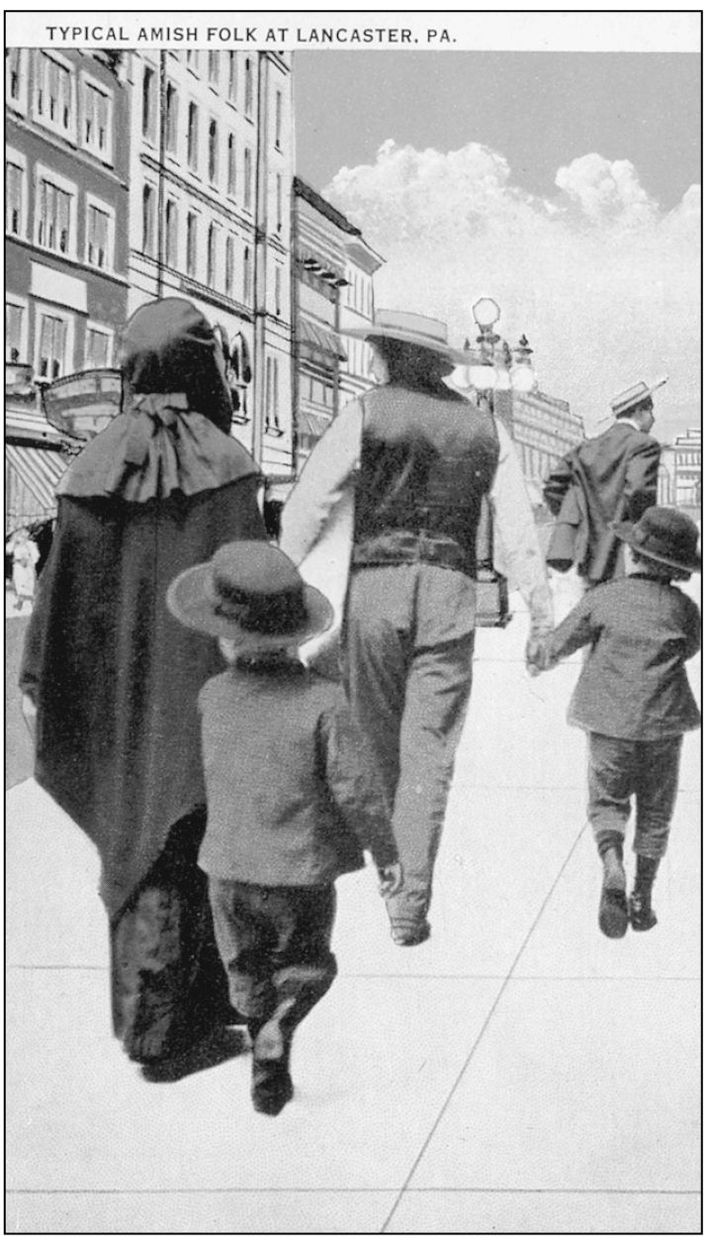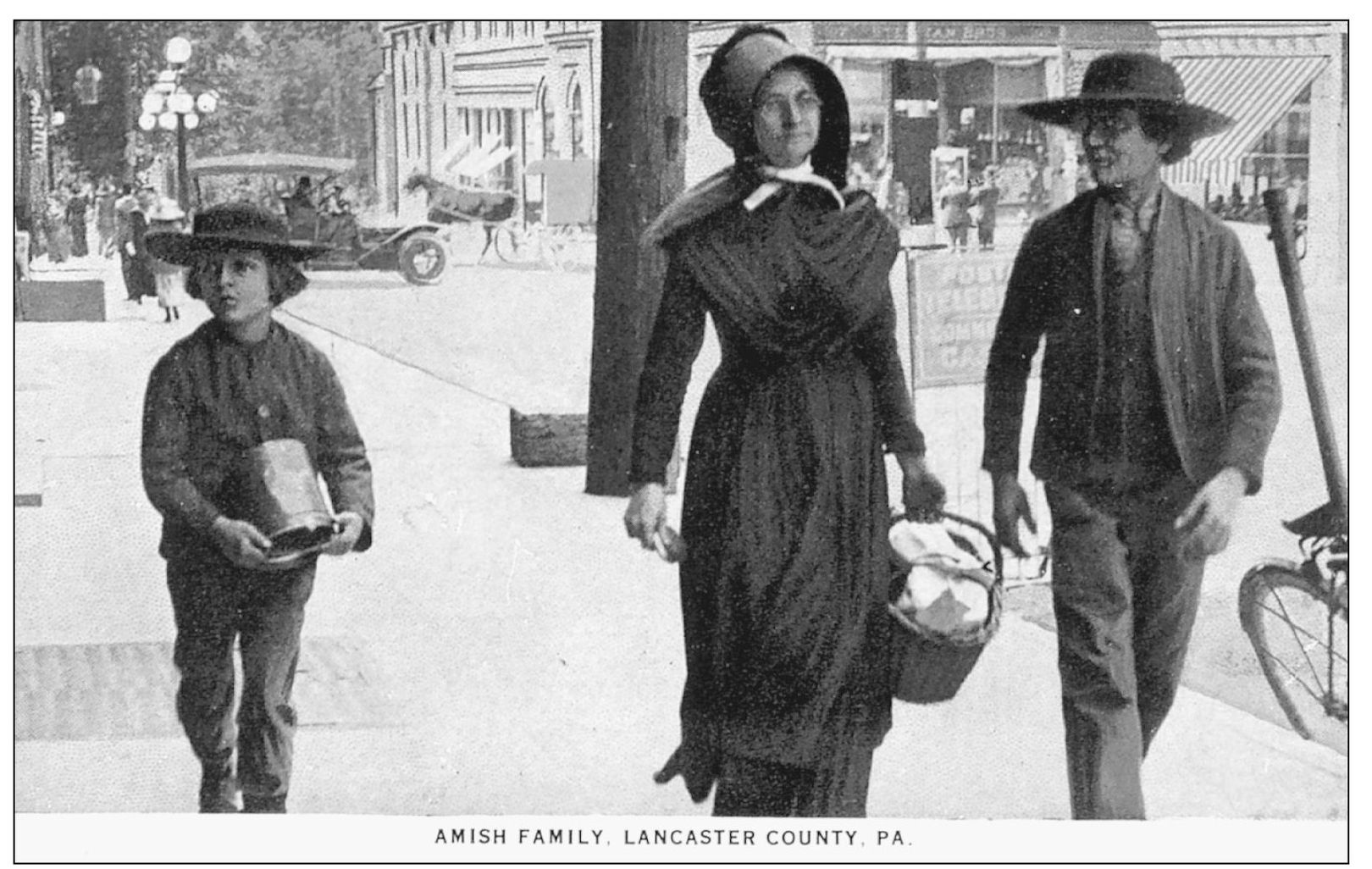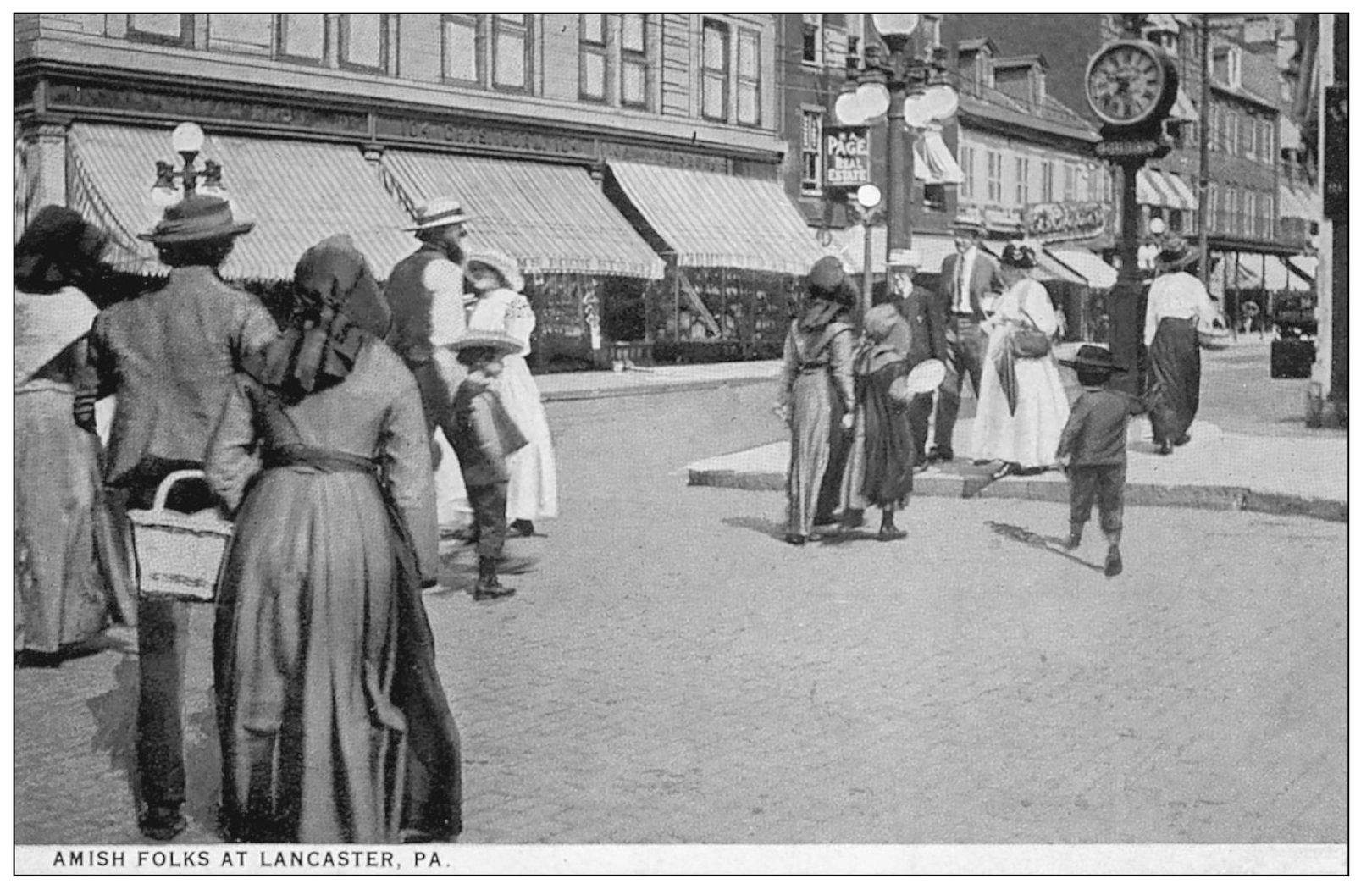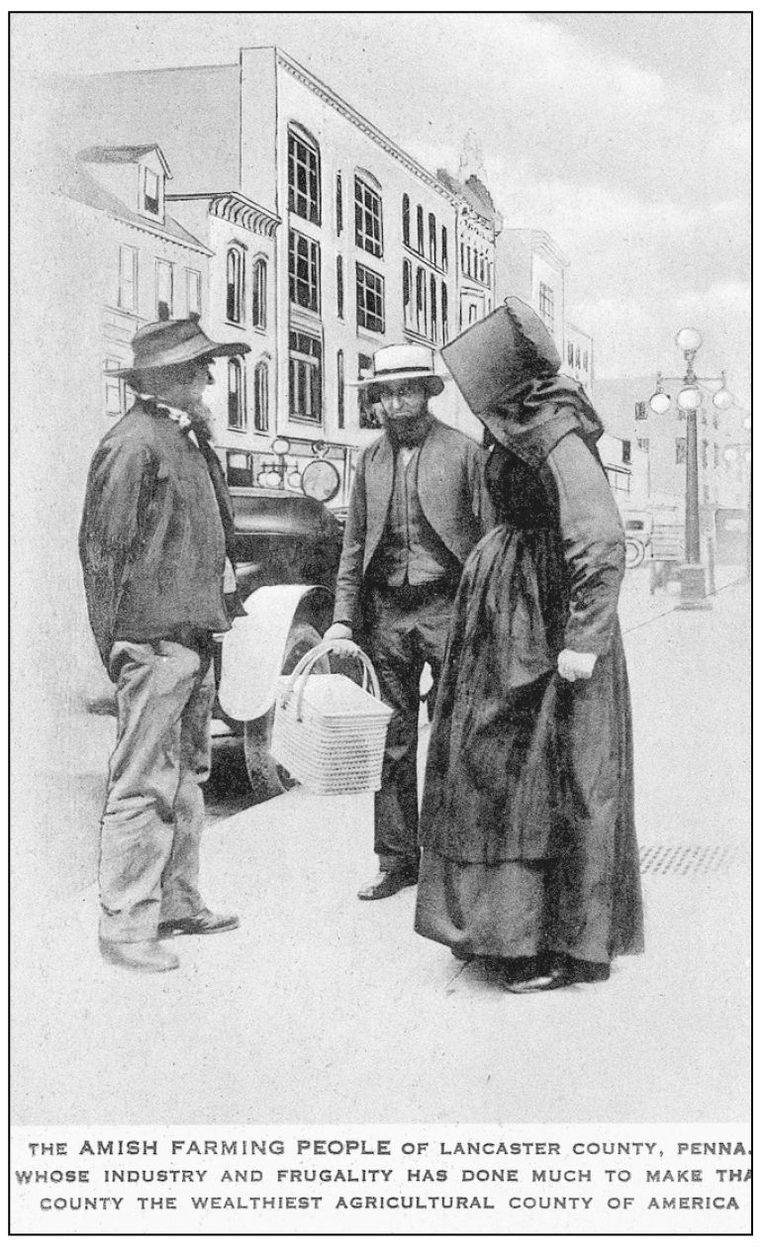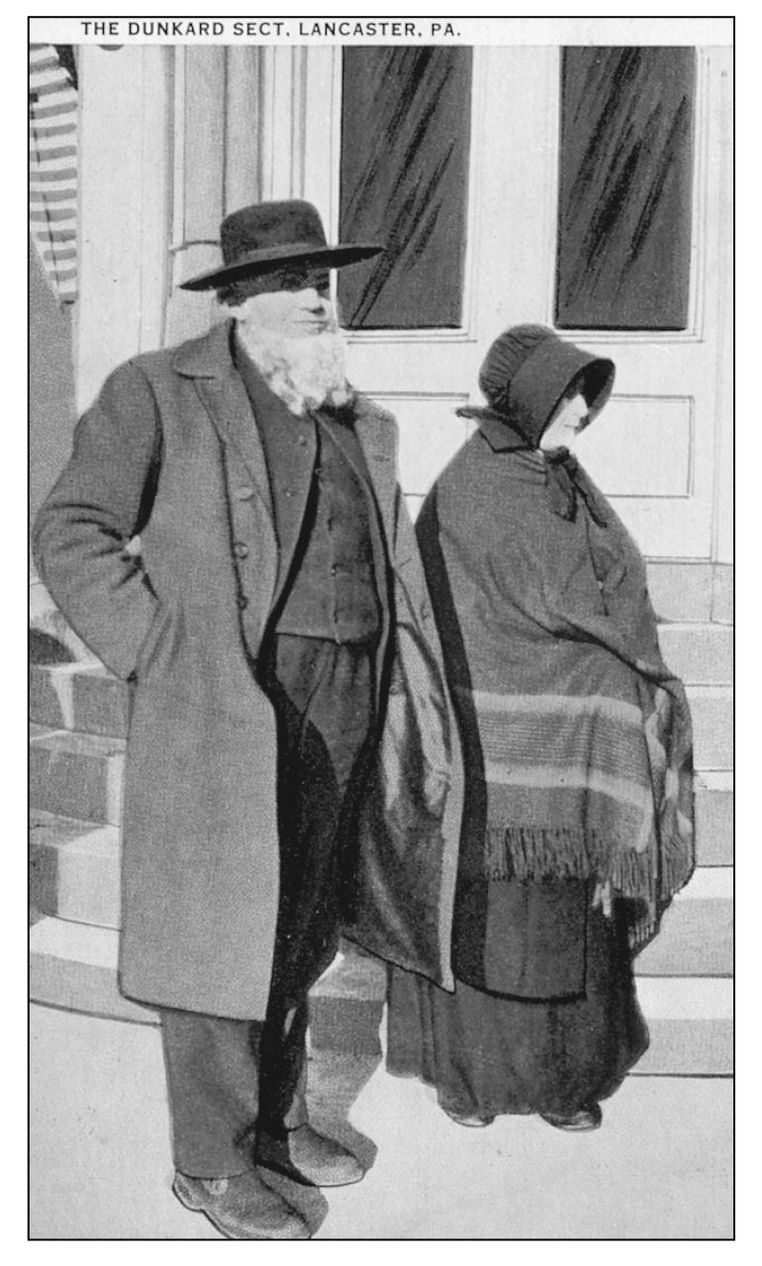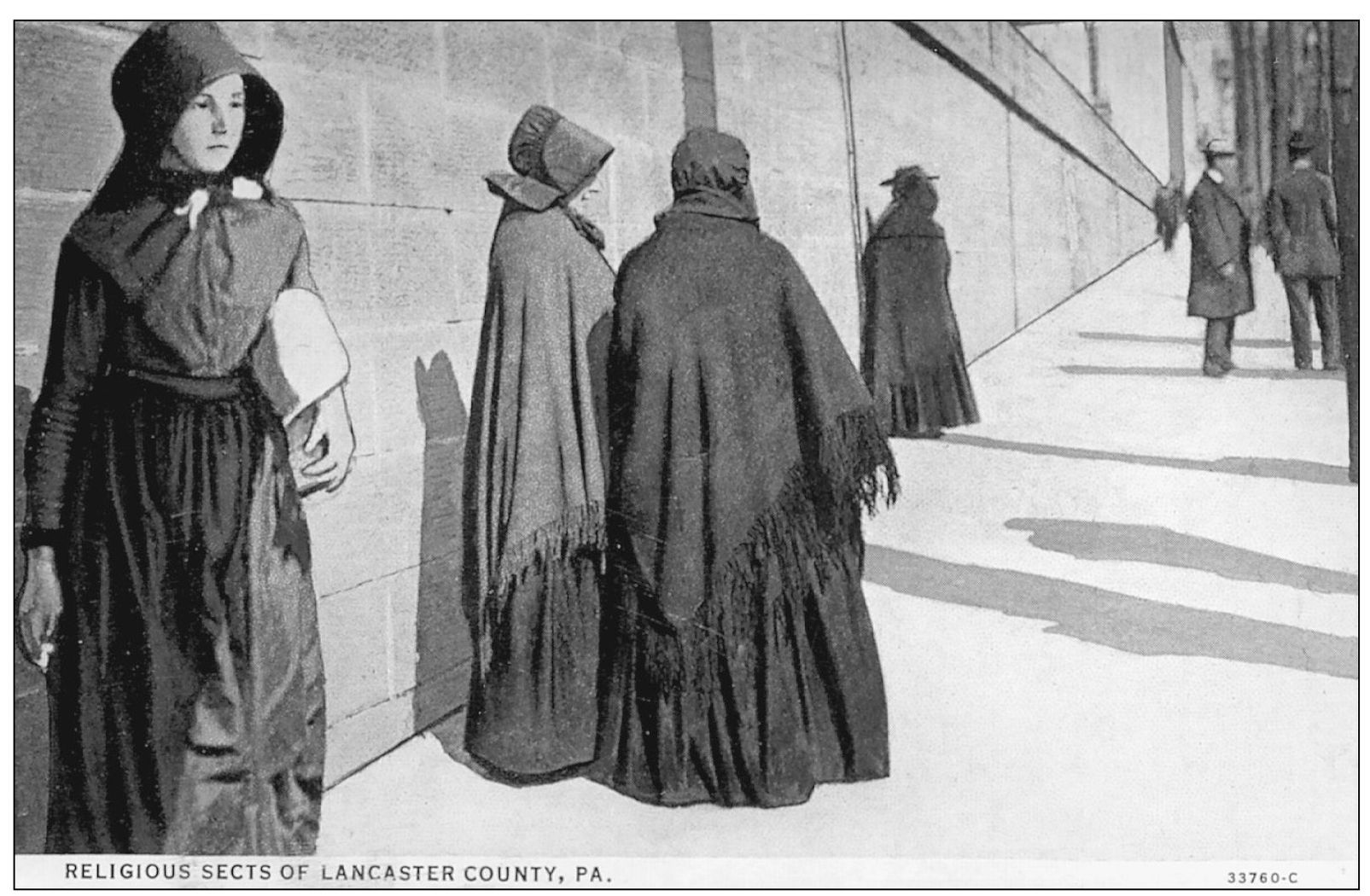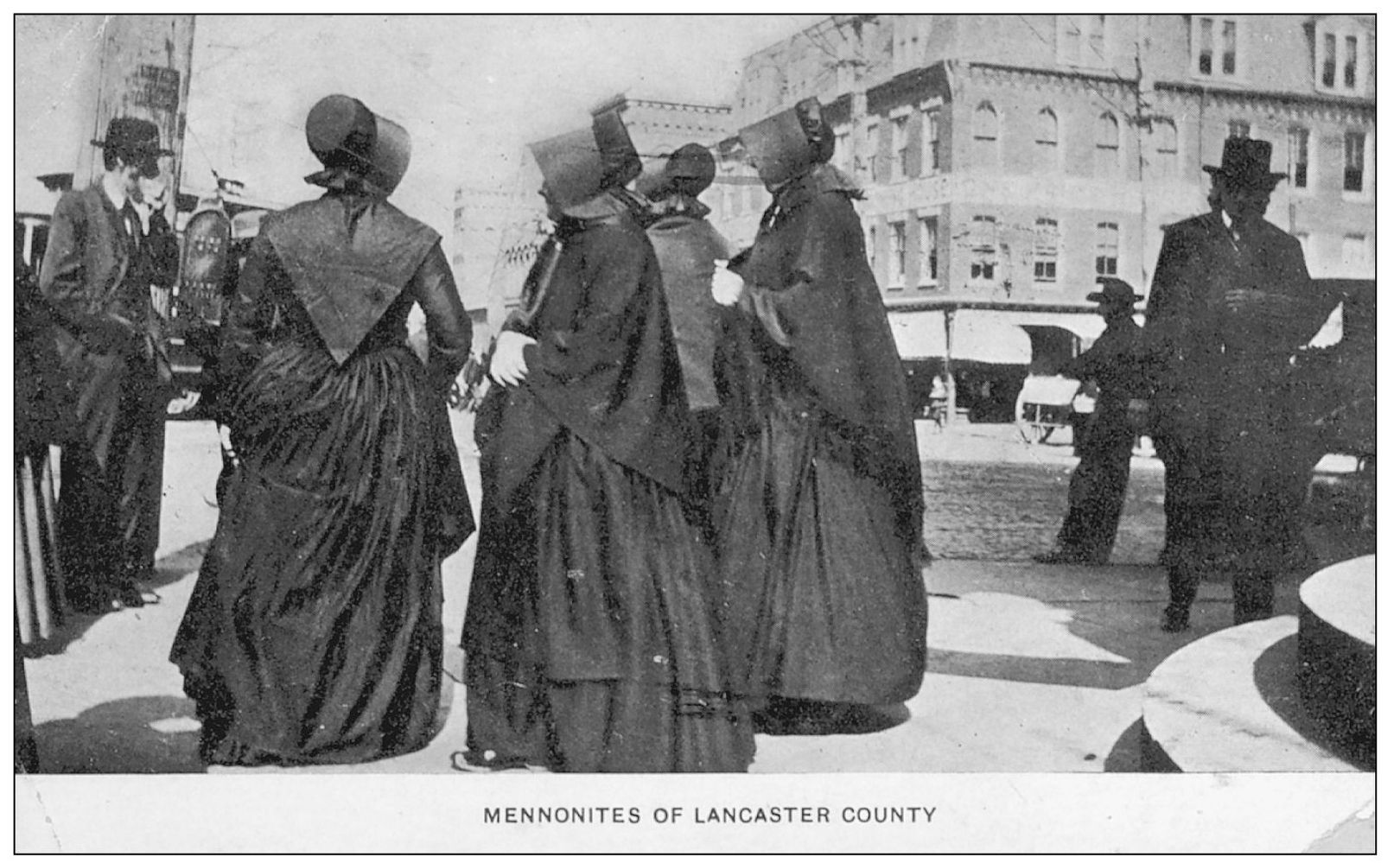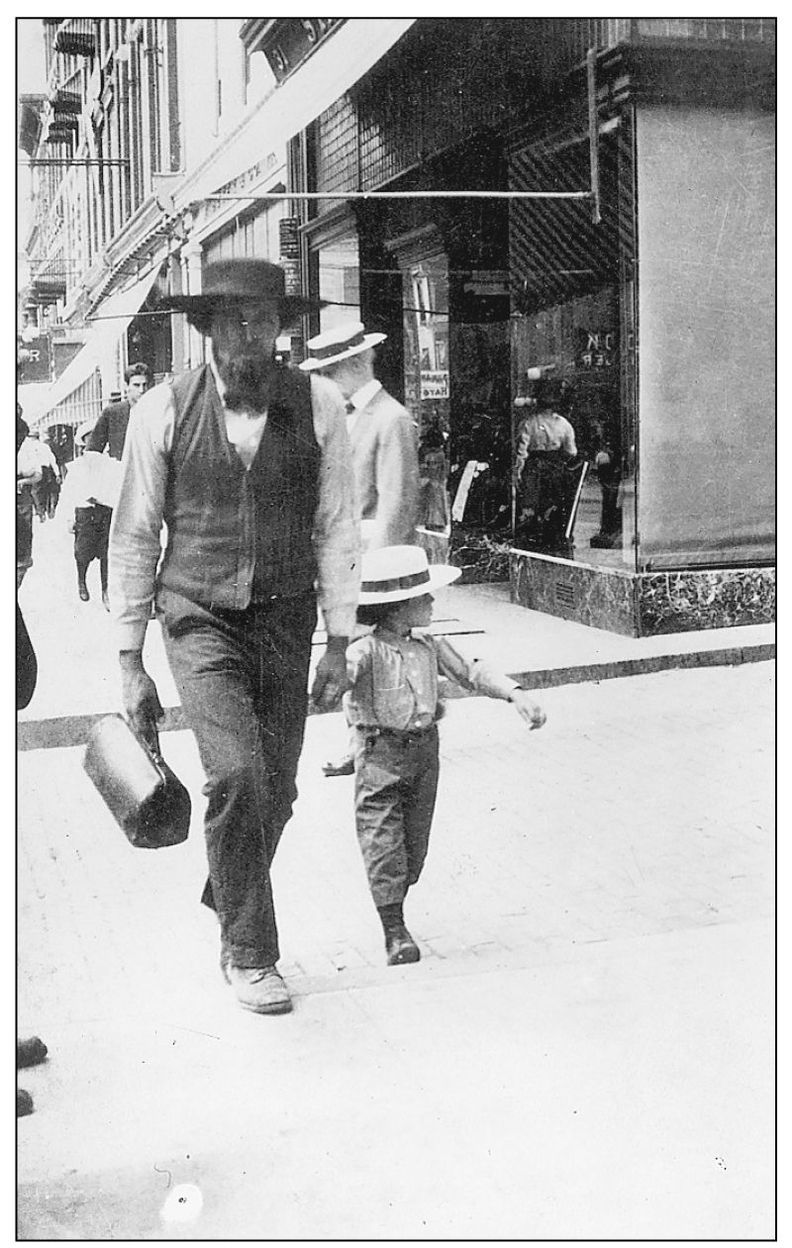ACKNOWLEDGMENTS
In more than a century of their existence, picture postcards have proven to be a fascinating medium for reflecting the period in which they were produced. However, in many parts of North America (especially in the Pennsylvania Dutch Country), changes brought about by modernization have been gradual. The more conservative of the plain people reject, on religious grounds, most modern conveniences and changes in garb.
Most of the postcards in my collection were produced no later than the 1960s, after which the dimensions of the cards were allowed by the U.S. Postal Service to exceed 3.5 by 5.5 inches. Among postcard collectors, these are referred to as regular size. Within the last 30 years, the larger continental size cards have been in general production. This term refers to the size of postcards that had been produced in Europe for generations. Until the late 1930s, when color photography was available, the colors appearing on postcards were approximations of reality and, in many cases, fanciful.
The photographers and artists who have documented the plain people for the enjoyment of tourists and postcard collectors deserve mention here and are identified by the publishers who used their artwork: photographers Herbert E. Angell, Marshall Dussinger, Robert P. Frey, Jim E. Hess, Melvin J. Horst, Jerry Irwin, Harry V. Leida, Alice Malone, Richard C. Miller, D. Noble, Edgar Sachs, Vincent Totora, Steven Witmer Jr., and John M. Zielinski; artists Lisa Madenspacher and Jay McVey; and craftsman Aaron Zook for the Peoples Place of Intercourse, Pennsylvania.
Picture postcard collectors are indebted to these individuals for their work. I am personally indebted to my friends at the Washington Crossing Card Collectors Club in Titusville, New Jersey, for their support and encouragement in producing this book. I express special thanks to Jack Langenfelder of the Millbrook Society, whose participation in the production of Arcadia Publishings Hatboro prepared me for the sometimes arduous task of creating a book. Special thanks also go to Carolyn Wenger of the Lancaster Mennonite Historical Society for her expertise on the religious origins and traditions of the plain people in Lancaster County.
Authors note: Members of the more conservative sects disdain the display of artwork (particularly portrait photography) in their households. Out of respect for their beliefs, care has been taken by the author and publisher to avoid using images that might be considered offensive.
Find more books like this at
www.imagesofamerica.com
Search for your hometown history, your old
stomping grounds, and even your favorite sports team.
One
AMONG THEM ENGLISH
Visitors to the Pennsylvania Dutch Country are welcomed by an uncommon sightthe use of horse-drawn vehicles along paved streets with restrictions for automobile traffic. This view shows a horse-drawn family buggy being maneuvered in what would be a parking area of an in-town store. There is a yellow dividing line on the suburban street, and an electric light marks the entrancecommonplace things to the English visitors but far less common to the farm-based plain people. (Artwork by Madenspacher.)
A dynamic street scene takes place in Lancaster on Market Day, when hundreds of farmers buggies are emptied of their produce for sale to the townspeople and tourists. Note how the shafts of the buggies have to be elevated so as not to block the rails of the trolley cars along East King Street.
A man leans against a mailbox on its stanchion at the curb as three women balance their purchases. The headgear of the woman on the left could indicate that she is of the Mennonite sect.
The little Amish girl seems to be enthralled by the strange wonders of the city, so unlike her simple life on the farm.
Another family is about to pass an English pedestrian who is wearing a fashionable straw boater.
This family appears to be a mother and her two unmarried sons. There is no indication of a beard on the older boy. Note the 1930s automobile in the background and the mounting block at the curb near the utility pole.
A view of a favored street corner shows plain and English pedestrians crossing the city street paved with Belgian blocks. The street features magnificent five-globed electric street lamps and a sidewalk clock rising on its stanchion.
This trio seems to be planning the remainder of their visit to the city. An open-top automobile from c. 1920 is parked at the curb.
This postcard identifies these people as members of the Dunkard sect. The artist has painted the outerwear in brown rather than the black overcoats and shawls worn by the Amish.
Plain women predominate this sidewalk scene. They could be waiting for their ride home.
This postcard, mailed in 1912, identifies the women as Mennonites, gathered perhaps to plan their shopping activities. Most of the plain people wear black outerwear when they leave their farms to go among them English.
An Amish father and son resolutely stride along a city sidewalk in this real photo postcard view.

